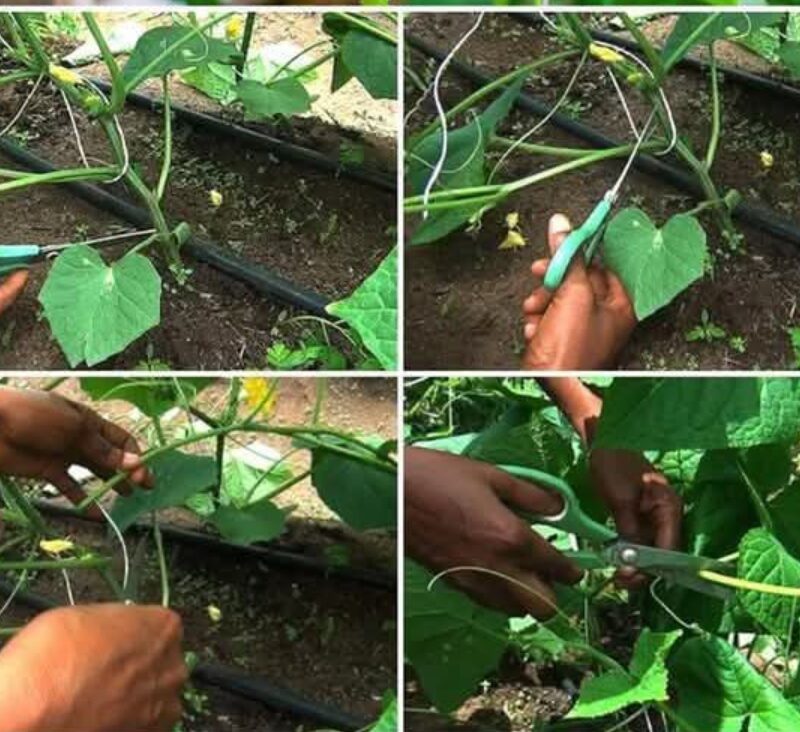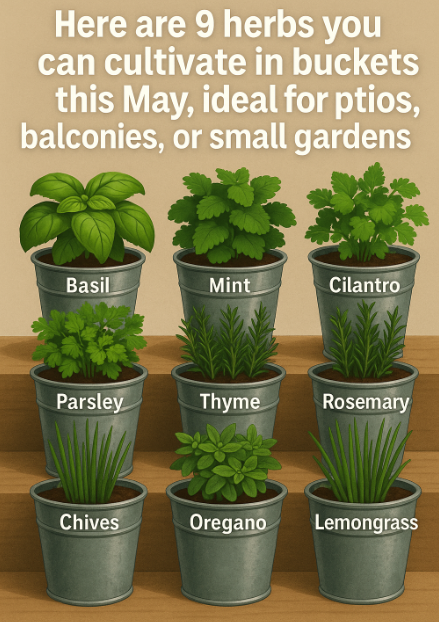Pruning cucumber plants may seem intimidating, but strategic pruning can lead to stronger vines, better airflow, and higher yields. Whether you’re growing cucumbers on a trellis or in-ground, regular pruning helps prevent diseases, promotes larger fruit, and keeps plants thriving all season long.
Here’s everything you need to know about pruning cucumbers the right way!
—
🌟 When to Prune Cucumber Plants
✅ Start pruning 2-3 weeks after planting, once the plant has at least 4-6 true leaves.
✅ Continue throughout the growing season, especially when the plant becomes too bushy or overcrowded.
✅ Prune early in the morning on a dry day to help cuts heal faster and reduce the risk of infections.
✔ Tip: Avoid excessive pruning during peak fruit production, as this can reduce yields.
—
✂️ How to Prune Cucumber Plants
1️⃣ Prepare Your Tools
Use sharp, clean pruning shears or scissors to prevent damage and disease spread.
Sanitize tools with rubbing alcohol or a bleach solution before and after pruning.
—
2️⃣ Identify What to Prune
🔻 Dead or Yellow Leaves:
Remove any yellow, brown, or damaged leaves to redirect energy to healthy growth.
This prevents disease spread and improves sunlight penetration.
🔻 Suckers (Side Shoots):
Look for small shoots growing between the main vine and branches—these steal nutrients from the main vine.
Remove suckers below the first 4-5 fruit-bearing nodes to help the plant focus on cucumber production.
🔻 Overcrowded Foliage:
Thin out dense clusters of leaves to improve airflow, reducing the risk of powdery mildew and fungal diseases.
✔ Tip: Don’t remove more than ⅓ of the plant at once—gradual pruning is best!
—
3️⃣ Pruning Technique
✅ Focus on the Main Stem:
Keep the main vine strong by pruning off unnecessary side shoots below the first 4-5 fruit nodes.
✅ Pinch Off Early Flowers:
Removing early flowers (before the plant is 12 inches tall) encourages stronger root and vine growth.
✅ Remove Low-Growing Vines:
Cut off any vines touching the ground to prevent pest infestations and soil-borne diseases.
✔ Tip: If growing cucumbers horizontally, prune sparingly and let the plant spread naturally.
—
4️⃣ Regular Maintenance
🌱 Remove Spent Leaves:
As leaves age, they become less productive—snip off old or damaged leaves as needed.
🛑 Check for Disease or Pests:
Watch for signs of powdery mildew, aphids, or wilt and prune infected areas promptly.
👆 Avoid Over-Pruning:
Cucumbers need some foliage for shade and photosynthesis—don’t remove too much greenery!
✔ Tip: Always water at the base of the plant, not on the leaves, to prevent fungal issues.
—
5️⃣ Train Your Vines for Maximum Growth
If growing cucumbers on a trellis, prune extra vines to keep the plant growing upward.
Use garden ties or twine to gently secure vines to supports.
Prune tangled or overlapping vines to avoid stress and competition.
✔ Tip: Trellised cucumbers tend to be cleaner, straighter, and less prone to rot compared to ground-grown cucumbers!
—
🌿 The Benefits of Pruning Cucumbers
✔ Increases fruit size – Focuses plant energy on producing bigger, healthier cucumbers
✔ Prevents disease – Better airflow reduces risk of mildew and fungal infections
✔ Encourages upward growth – Ideal for trellises, vertical gardens, and small spaces
✔ Improves access to sunlight – Helps leaves absorb more light for better photosynthesis
✔ Reduces competition – Prevents overgrowth, so nutrients go to fruit, not extra leaves
—
🌞 Final Tips for a Bumper Cucumber Harvest
✔ Water regularly but avoid overwatering—soil should be moist but not soggy.
✔ Fertilize every 2-3 weeks with an organic fertilizer (compost tea or diluted fish emulsion).
✔ Harvest cucumbers often to encourage continuous production!
🥒 By following these pruning techniques, your cucumber plants will reward you with a plentiful, high-quality harvest all season long!
🌱 Try it out and share your results!






